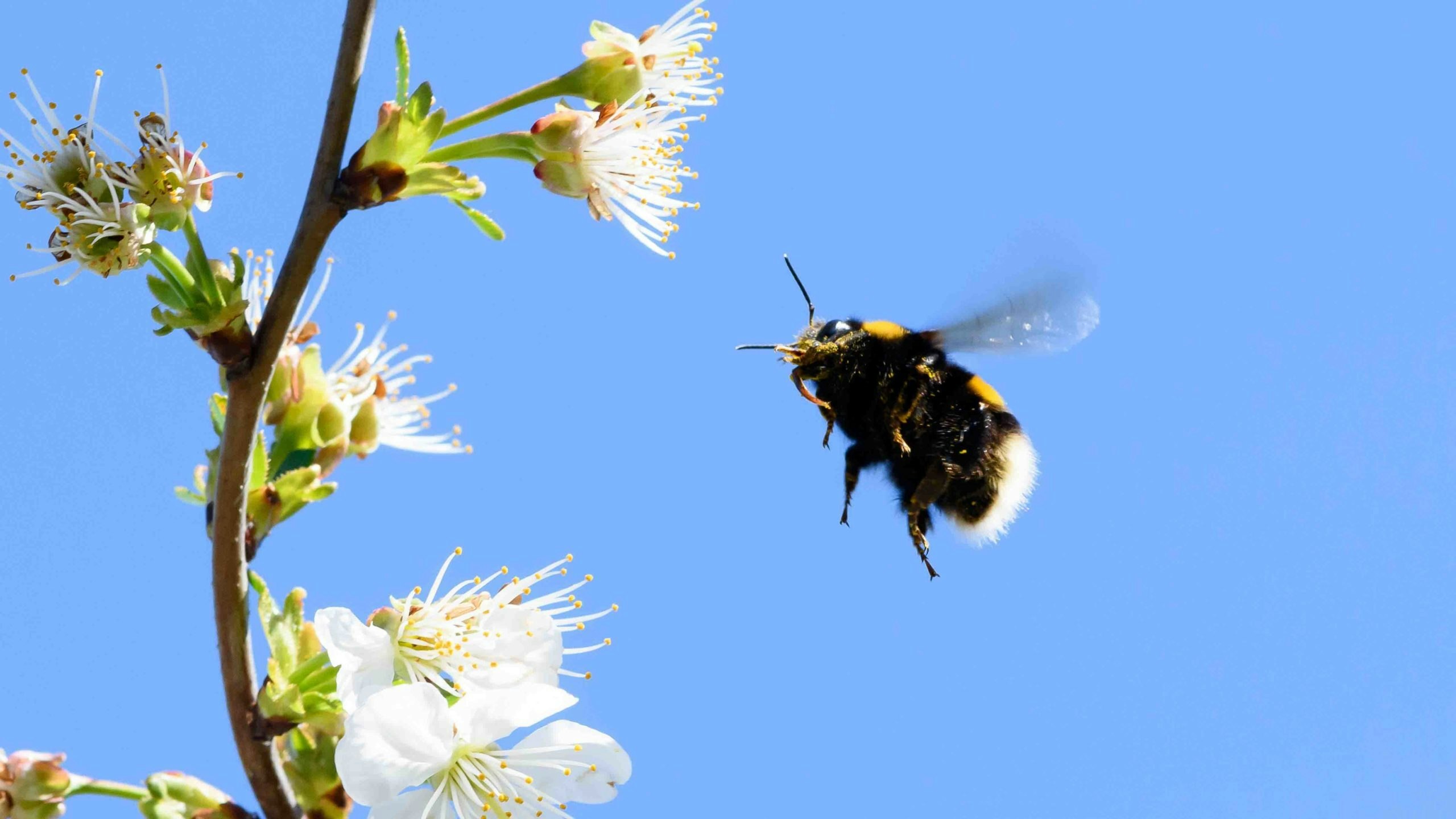By Wendy Corr and Mark Heinz, Cowboy State Daily
A species that is central to the very existence of life on earth is in peril, according to several organizations that monitor bee populations worldwide.
The Intergovernmental Science-Policy Platform on Biodiversity and Ecosystem Services (IPBES) reported in 2019 that bees are an essential part of the biodiversity necessary for humans to survive.
But according to a petition filed by the Center for Biological Diversity and Bombus Pollinators Association of Law Students, the American bumblebee has almost completely disappeared from Wyoming, and from seven other states (Maine, Rhode Island, New Hampshire, Vermont, Idaho, North Dakota, and Oregon).
The Center has led the charge to place the American bumblebee under Endangered Species Act protection. According to their petition, over the last twenty years, the American bumblebee population has decreased by 89% across the U.S.
University of Wyoming entomologist Scott Schell said honey bees are the primary species responsible for cross-pollination of plants, which ensures the viability of crops.
“Bees, the family Apidae, are kind of considered the superstars of pollination,” Schell told Cowboy State Daily.
Without pollination, not only would the plants that require pollination die out, but so would all of the animals that eat those plants.
“If we want to have a lot of color and variety and flavor on our plates, we need the bees,” said Schell.
But it’s more than just variety. According to the Food and Agriculture Organization (FAO) of the United Nations, a third of the world’s food production depends on bees.
Weather Dependent
The FAO reports that over recent decades, bee populations have been declining globally. Habitat loss, increasing use of pesticides and alleged changes in weather patterns have all contributed to the decline in the bee population.
Those changing weather patterns have impacted the population of bees in Wyoming, according to Schell.
“A lot of it probably has to do with climate change in reducing the habitat and changing the timing of the flowers that those particular bumble bees depend on,” Schell opined.
He explained that long periods of drought affect flowering plants, which the bees depend on for food (nectar and pollen). If there are several dry years in a row, the bee population will decline.
“Late spring blizzards and things like that might really impact the population of the pollinator,” said Schell, “whether the frost kills the flowers that they’re going to feed on, or it actually can kill the insects themselves.”
Federal Protection?
There are four species of bumblebees in Wyoming that are under consideration to be listed as endangered, according to University of Wyoming wildlife researcher Gary Beauvais.
Beauvais is the director of UW’s Wyoming Natural Diversity Database. That department is charged with tracking the numbers and distribution of Wyoming’s native wildlife, including some insects.
If granted federal protection, anyone found to have killed or harmed the bee could face up to $13,000 in fines.
But Beauvais told Cowboy State Daily such listings could have implications for the state’s agriculture and energy sectors. However, provisions can be worked into endangered species listing for creatures such as bumblebees and butterflies to keep the listings from unduly burdening those industries.
“Bumblebees and butterflies are generalists,” Beauvais said. “Wherever there’s flowers, they’re going to be. If they’re listed, what does that mean for operators — for ranchers, oil and gas, road crews — anybody who operates on the landscape?”
But Schell pointed out that protecting these important creatures is crucial.
“We need to protect and conserve what we’ve got,” said Schell, “and recognize that our actions can have an impact negative to the bees, and try to prevent that.”





